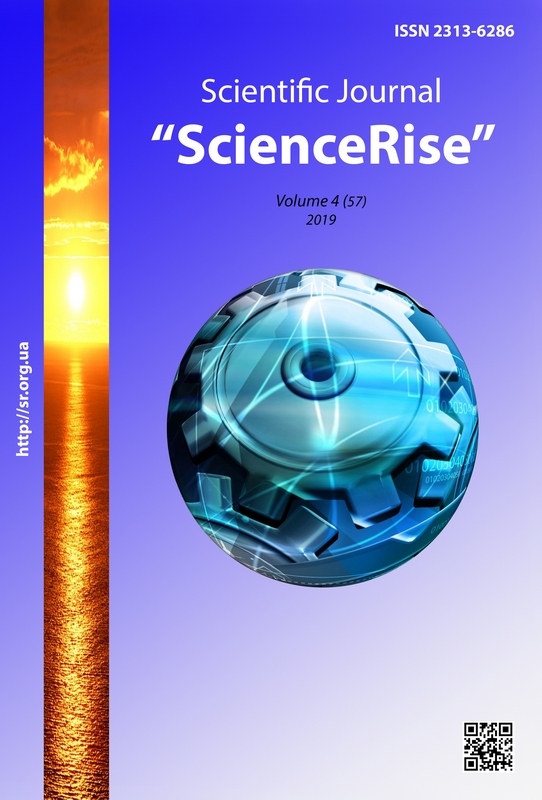Development of the method for establishment of the electronic training portal for preparation of officers of the National Guard of Ukraine
DOI:
https://doi.org/10.15587/2313-8416.2019.164245Keywords:
methodology, National Guard of Ukraine, Internet network, e-learning portal, officersAbstract
The main sections of the e-learning portals for the training of officers of the National Guard of Ukraine are analyzed, which provides the opportunity to structure the portals. The main advantages and criteria for assessing the quality of the portal of e-learning are studied, which allow to determine the preliminary conditions for the development of a method for creating a portal for e-learning for the training of officers of the National Guard of Ukraine. The method of creating a portal for e-learning for the preparation of officers of the National Guard of Ukraine is formed, which allows to determine the main stages of creating the educational environment vai the Internet
References
Berezovskyi, V. S., Stetsenko, I. V., Zavadskyi, I. O. (2013). Stvorennia elektronnykh navchalnykh resursiv ta onlainove navchannia. Kyiv: Vyd. hrupa BHV, 176.
Sokolovskyi, S., Naumenko, M. (2018). Analysis of the features information flows management of logistic processes of the units of the National guardian departments of Ukraine. ScienceRise, 2 (43), 19–21. doi: http://doi.org/10.15587/2313-8416.2018.123606
Naumenko, M., Hrabovskyi, Y. (2018). Elaboration of methodology for designing a publishing and printing web portal. Eastern-European Journal of Enterprise Technologies, 2 (2 (92)), 14–22. doi: http://doi.org/10.15587/1729-4061.2018.126305
Hrabovskyi, Y. (2018). Designing the intelligent user interface for electronic education support systems. ScienceRise, 11 (52), 36–39. doi: http://doi.org/10.15587/2313-8416.2018.147987
Afanasiev, M. V., Romashova, Ya. V. (2010). Informatsiini tekhnolohii v navchalnomu protsesi. Vyshcha shkola, 10, 49–62.
Bichel, J. (2013). The state of e-learning in higher education: An eye toward growth and increased access (research report). Louisville: EDUCAUSE, 46.
Karampiperis, P. (2005). Adaptive Learning Resources Sequencing in Educational Hypermedia Systems. Educational Technology & Society, 8, 128–147.
Nuriev, N. K., Zhurbenko, L. N., Starygina, S. D. (2010). Didakticheskie sistemy novogo pokoleniya. Vysshee obrazovanie v Rossii, 8/9, 128–137.
Sursock, A. (2015). Trends 2015: Learning and Teaching in European Universities. Brussels: EUA, 128.
Kalinovskiy, A. I. (2005). Yuzabiliti: kak sdelat' sayt udobnym. Moscow: Novoe znanie, 220.
Downloads
Published
Issue
Section
License
Copyright (c) 2019 Andrii Chukhlatyi

This work is licensed under a Creative Commons Attribution 4.0 International License.
Our journal abides by the Creative Commons CC BY copyright rights and permissions for open access journals.
Authors, who are published in this journal, agree to the following conditions:
1. The authors reserve the right to authorship of the work and pass the first publication right of this work to the journal under the terms of a Creative Commons CC BY, which allows others to freely distribute the published research with the obligatory reference to the authors of the original work and the first publication of the work in this journal.
2. The authors have the right to conclude separate supplement agreements that relate to non-exclusive work distribution in the form in which it has been published by the journal (for example, to upload the work to the online storage of the journal or publish it as part of a monograph), provided that the reference to the first publication of the work in this journal is included.

